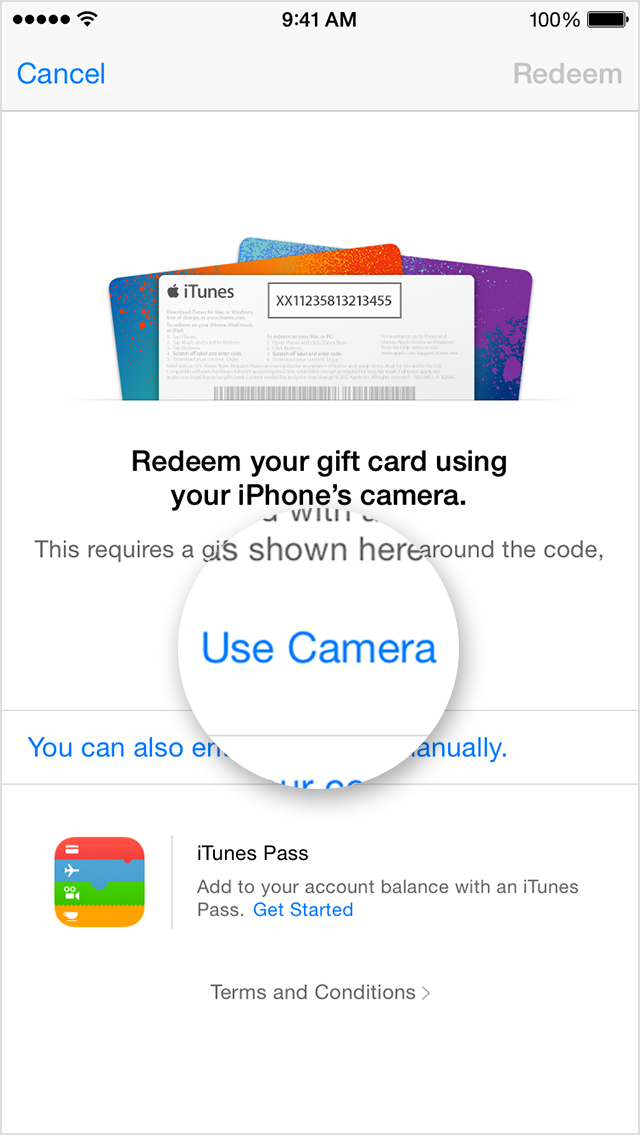At 6peas, we believe “customers” are the world-wide disruptor of the last decade, as opposed to technology being the major disruptor. Likewise, the last decade has seen the 2017 consumer making little distinction between Business 2 Business relationships and Business 2 Consumer relationships. Technological advancements and digital adoption, alongside a plethora of exceptional customer experiences, have changed what it means to lead in customer experience best practice.
Individuals who have been furnished with memorable moments and heartfelt innovations in their daily interactions, now bring these standards to their business to business relationships. This ‘consumerisation’ of B2B means that the bar has been significantly raised, presenting a fresh set of challenges for companies who are hoping to create and sustain, successful partnerships with their clients.
So how does this change the way some of our business to business relationships are developed? How do we start using some of the daily consumer activities to drive better engagement and higher value relationships with our business customers?
Recognising the needs of the individual
Customer expectations are higher as the take the experiences with their consumer markets and take it into their business relationships. Any service design that recognises the needs of the individual and uses the knowledge of the customer (or the customer themselves) to design the experience is bound to deliver customer excellence.
Some great examples are the personalisation of return guests to luxury resort Hamilton Island. When guests return they are greeted by name and given a Welcome Back pack acknowledging their previous visit and identifying some of the key experiences of the Island.
The movement of the car industry to try and personalise and customise their driver experience by allowing drivers (and an extra) to customise their seat position, listening preferences and steering wheel position by the click of their key acknowledges the importance of allowing customer driven design to reduce effort and pain points in the customer’s journey.
Emirates, is always a leader in customer experience and is notable for the way in which it conducts itself. Passengers on its flights are greeted with smiles and a choice of newspaper, along with hot towels and a light snack shortly after take-off. Many customers have praised the way in which the airline makes them feel valued and important, with no detail being deemed too small.
Such an approach brings a level of empathy to the interaction that is conducive to maintaining a healthy relationship – it humanises the interaction and creates an opportunity for a “sharable experience” (something that is positive, memorable and worthy of sharing). A major contributor to delivering a “sharable experience” is the ability to personalise the interaction with a customer. It’s an important area to master and one of the most agreed upon elements of mastering customer experience.
Customer experience best practice means saving time
Whilst Australia is not ignorant of delivering customer excellence and creating those “sharable experiences” we are still well behind the CX efforts of the UK and United States brands. Whilst personsalisation addresses one of the key deliverables of understanding customer needs, it isn’t that simple. To deliver best practice in customer excellence you must also be able to deliver upon effort – minimising the effort and time required of customers in their interaction with your organisation to achieve their goal. Again, we see great examples coming from the US and UK in saving time and effort in our interactions whilst Australia struggles to get its act together. Long cues, a lack of available staff, processes that are more concerned with tradition than customer experience and IT systems that seem to benefit only the IT companies because they do nothing for customers. How cumbersome is the process to object to a parking fine with your local council? Compare this to the start up created by a teenager in the UK “DoNotPay” which is a free legal bot driven by Artificial Intelligence.

When was the last time to had to redeem an Events Cinema gift card. Having to type on your mobile or ipad the 19 digits barcode followed by a 4 digit pin. Which needs to be inserted within the 10minute time frame or it takes you back to the beginning. Your fingers are too big for the keys! Not to mention it doesn’t keep a balance so you have to insert this same number until all the credit is gone! Buy a gift card from Event cinemas – please don’t! Compare this to redeeming your I-tunes gift card where you turn your camera around and scan the bar code- completed in under three seconds and kept as a balance so you can throw away the card.

The examples of better CX processes to reduce time and effort required by customers, highlights the need for companies to innovate if they are to succeed. Organisations should find ways to save costs for their customers by thinking cleverly, and involving customers in the design of better process, products and services. It also helps if the companies are seamlessly joined-up internally, negating the need for the clients to navigate their own way around the business. Some of the biggest issues arise when customers are handed over within an organisation – often from a business development manager to a product or service provider. In the delivery of health services, one of the biggest pain points for hospital staff is when the sales team hand over to the installers of equipment and then the trainers. There is lack of visibility throughout the process from the customer but also from the organisation themselves which creates a very frustrating experience.

Which is a perfect segue into the importance of Emotion as a key driver of customer best practice. In the previous example we know that as a trainer we are turning up to a hospital to train on life saving equipment with staff who are frustrated with the process and have had three company interactions and still cannot successfully use the equipment. Each stage the customer loses more control, certainty and satisfaction. Identifying the emotion of the customer as they enter an interaction with you is critical and one of the ways you can differentiate your experience as not many organisations are doing this well. Knowing how your customers are feeling as they enter an interaction with you and how they feel after the interaction is a great way to start solving key issues or identifying things you are doing right.
Mastering the customer experience, therefore, has never been as important as a driver of business growth. As researchers such as Bain & Co, Temkin Group, and KPMG have all found, the lifetime value of a client is up to 5 times greater when they have a positive experience. They spend more, they refer, they forgive mistakes and they activity promote your business.
 CXInsights 360
CXInsights 360
So as businesses, start to rethink the way you engage with your customers, start with the service you are delivering to your clients. As they get a better experience in their daily interactions, the expectation for you to deliver is also increased. What are you doing to improve your customer experience? How customer focused is your organisation. Take the 6peas customer maturity test for your business to see where you rate on the customer centric scale.
 6peas a customer experience consultancy6peas is a marketing and engagement consultancy specialising in customer strategy. We partner with organisations to identify their next big growth strategy – their customers. 6peas works with organisations to create “sharable experiences” with customers, employees and partners to deliver a superior customer service and outperform competitors. 6peas works with c-suite, middle management and boards to design a customer centric framework around 6 key pillars – leadership, customer, brand, employees, culture, and governance.
6peas a customer experience consultancy6peas is a marketing and engagement consultancy specialising in customer strategy. We partner with organisations to identify their next big growth strategy – their customers. 6peas works with organisations to create “sharable experiences” with customers, employees and partners to deliver a superior customer service and outperform competitors. 6peas works with c-suite, middle management and boards to design a customer centric framework around 6 key pillars – leadership, customer, brand, employees, culture, and governance.

Carolyn Grant is the founder and managing director of 6peas marketing and engagement. With a passion for delighting customers and business improvement, Carolyn has found the way to facilitate change with Australian businesses. Carolyn has a broad range of industry experience in Health, Retail, E-commerce, Utilities, Banking and Finance, Professional Services and Education and Training.

